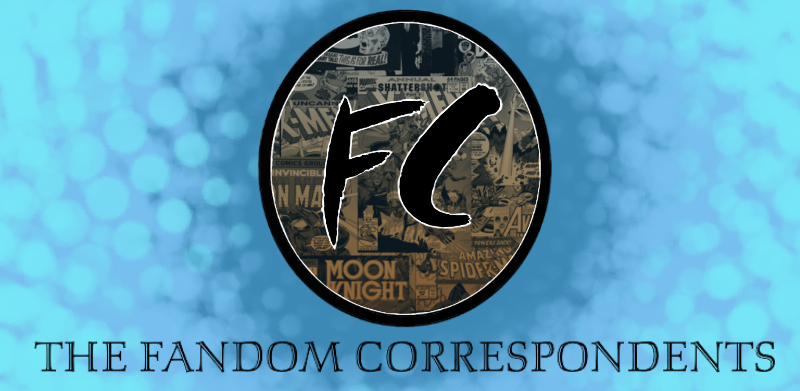Welcome, everyone, to Horrorfest 2020, our annual event where I, Red Lanyard, tell you about terrific (and sometimes absurd) horror movies during the month of October to help you prepare for Halloween, the most wonderful time of the year. This year for Horrorfest, I’m structuring my pieces around various icons of horror–the people, either real or fictional, who have made our beloved genre the delightful niche and multi-million dollar industry that it is today. This first week, I’ll be highlighting some of the fictional antagonists who have carried the horror genre on their backs, briefly discussing what they’ve contributed to our macabre hobby and a recommendation for you to watch. Enjoy!
Chucky (Child’s Play)
I wrote a little bit last year about how Child’s Play and, consequently, Chucky have a special place in my horrific heart because the original 1988 film was the very first horror movie I ever watched. It was also the first movie I watched with my mother, thus beginning our mutual love and celebration of horror movies and Halloween over two decades ago. Coincidentally, other people love Chucky, which is why the character has persisted so healthily if not hilariously through history all the way up to last year’s remake with Aubrey Plaza. Out of all the horror icons I discuss this week, Chucky is easily the most entrenched in the comedic side of the genre, and I honestly believe that is the main reason why his popularity has lasted so long. Sure, it’s fun to get your adrenaline pumping with a good scare, but it’s also therapeutic to watch something based off a classic, genuinely scary archetype–evil, possessed doll–be so over-the-top that you can’t help but laugh and embrace the ridiculous lore being told on your screen.
The idea behind a possessed doll being scary is definitely not new now, and it wasn’t entirely novel in 1988. Several episodes of the Twilight Zone featured spooky dolls, and fear around possessed humanesque toys can be traced back centuries, most notably to the infamous Robert the Doll occult paraphernalia (preserved and now available to view in Key West, btw!). So what makes Chucky so important to our horror history? Well, while some horror franchises go out of their way to be ultra dark and edgy to the point of being eye-rolling (looking at you, post-Barker Hellraiser sequels), the Child’s Play franchise was handled with the opposite attitude: bad-mouthed homicidal doll? Let’s lean all the way into this absurdity! By the time audiences got to Child’s Play 3, they were expecting to bust a gut just as much as expecting a good scare. By 2004, Seed of Chucky was released, and any horror fan worth their salt could tell, “Oh, OK, they know exactly what they’re doing.” The absurdity, the irreverence, and none of the shame of being ridiculous: we love the Chucky franchise because it doesn’t try to be anything it’s not. And in an industry of pretentious avant-garde wannabe’s and historical erasure of sadistic, would-be exorcists, there’s something to be said about a little honesty surrounding a license.
I’ve been recommending a lot of originals this week, but I’m gonna go the opposite end of the spectrum for Chucky and recommend 2017’s Cult of Chucky. It’s not a mastercraft movie by any means, and neither is it the best depiction of mental health, but if you’ve come this far in the article thinking you’d get either then you haven’t been paying attention. It’s absurd and fun, just like the little guy should be.

